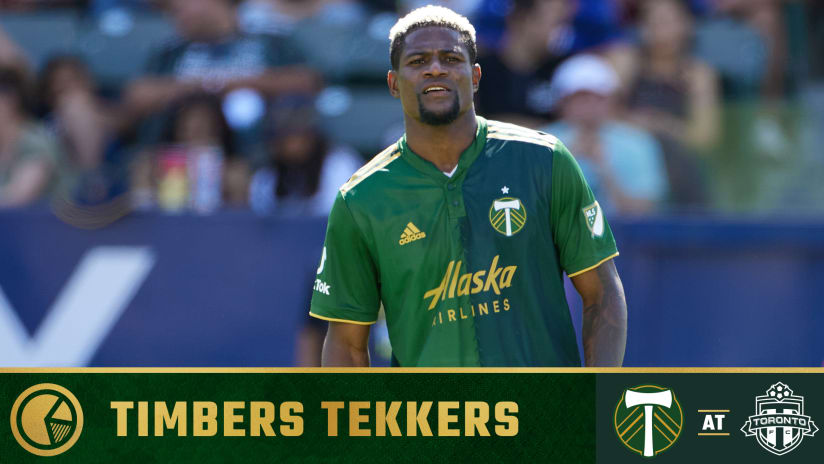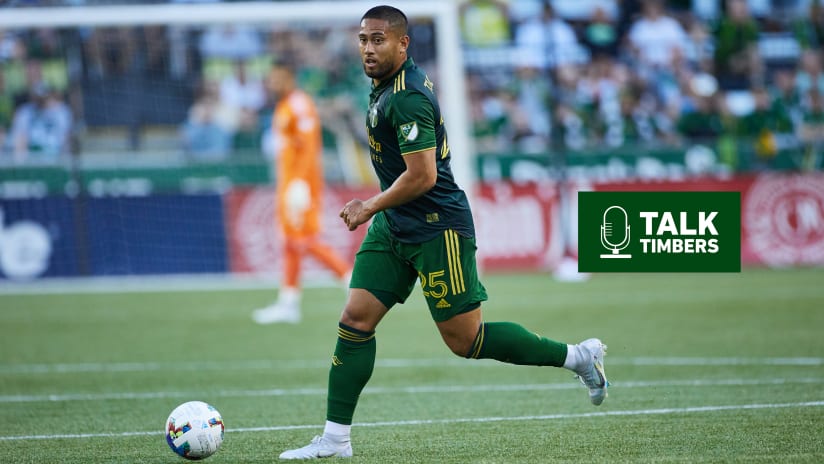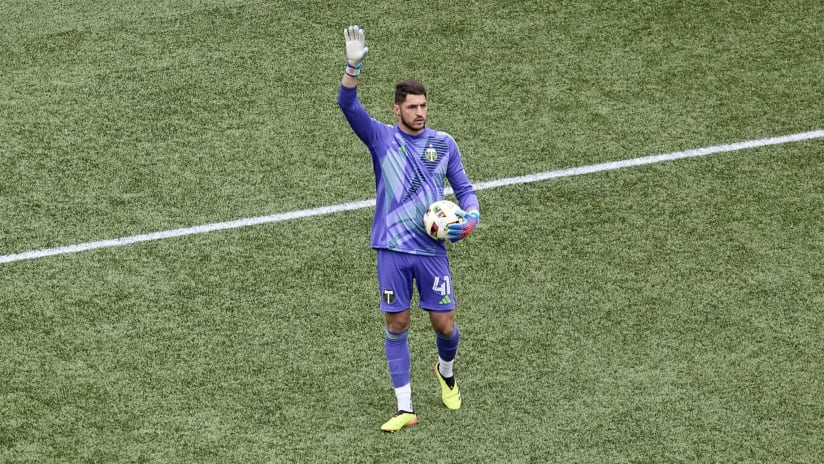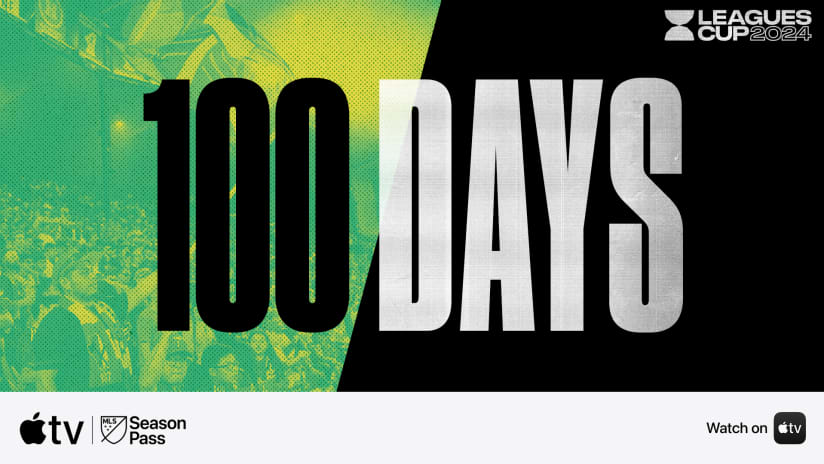Put it in the history books and move on. That’s what many around Portland Thorns FC might want to do about last week’s result – a three-goal, home loss to the league-leading North Carolina Courage – but the shock result serves as a barometer. Twelve points ahead of the rest of the league, the Courage are the standard the NWSL’s other contenders have to reach. Wednesday’ lopsided loss showed the league’s defending champions just how far they have to go.
“I can’t wait to get to work,” Thorns head coach Mark Parsons said after the team’s 4-1 defeat, both looking forward and recognizing the improvement that needed to happen. “Can’t wait to train … Let’s get better and improve.”
The idea of improvement – that the team has work to do – is why the Thorns can’t just move on. While it does no good for the squad and staff to dwell unendingly on their disappointment, the hows and whys of the loss should be taken to heart. There are lessons to be learned from such a dramatic result:
The limits of the three-center-back approach
Ah, more formation talk. As if we haven’t engaged in enough of it lately. But as we said in the preview to last Wednesday’s game, the shape Parsons chose was going to be important. He went back to a tried, true, recent solution for North Carolina’s scheme, one that had limited the Courage to one goal over the teams’ three previous meetings. Sure, them team's 4-2-3-1 look had worked in wins over the Washington Spirit and Utah Royals, but why not go back to the way you’d beaten North Carolina, before?

There are some basic, tactical principles to support this, too. Using three center backs against two forwards, as you can see along the Thorns' defensive line, above? It’s a time-honored solution. Stay one player up in defense at all times is a rule most coaches try to observe. And the wingbacks to support them? Against a team like North Carolina that doesn’t play wingers or wide midfielders, they can go from supporting their center backs to pressing up against the opposing fullbacks, with no obstacles in between. When those wingbacks fully forward, you can start swinging numbers in your favor against the other team’s back line.
The version of this formation Parsons started with last week, though, had one important tweak. Instead of using two deep, defensive midfielders (ala, the Lindsey Horan-plus-Celeste Boureille tandem he started against North Carolina, earlier this year), Horan was tasked with handling defensive midfield on her own, making the team's formation more of a 3-3-2-2. Still, with three in central defense and wingbacks with open flanks to patrol, why couldn't the shape work?
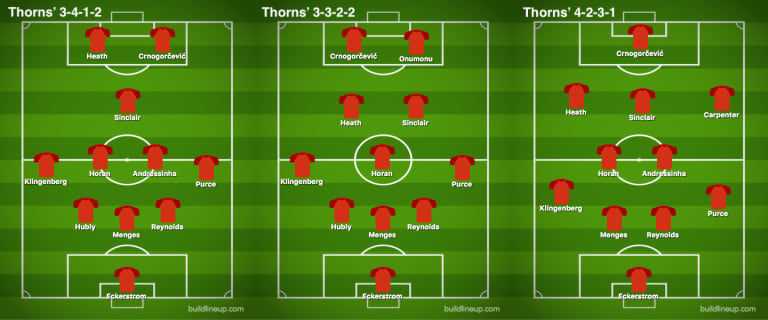
Obviously, as Wednesday’s final score indicates, something wasn't clicking, but given how similar shapes had performed against the Courage in the past,, it was probably worth trying a three-center-back approach. Now, though, with last week’s loss in the books, it’s time to reevaluate whether that formation is the best choice against North Carolina going forward.
The numbers game in midfield
Where the formation broke was in the midfield. Even last year, the approach left the Thorns outnumbered in the midfield, but with Amandine Henry, Horan, and Christine Sinclairin the middle, Portland had three elite players who could manage the disadvantage. World-class talent has a way of transcending Xs and Os.
Since last October, though, the Thorns have lost Henry. And the Courage have added a world-class talent of their own: Crystal Dunn. What's left is a matchup that's flipped against the Thorns.
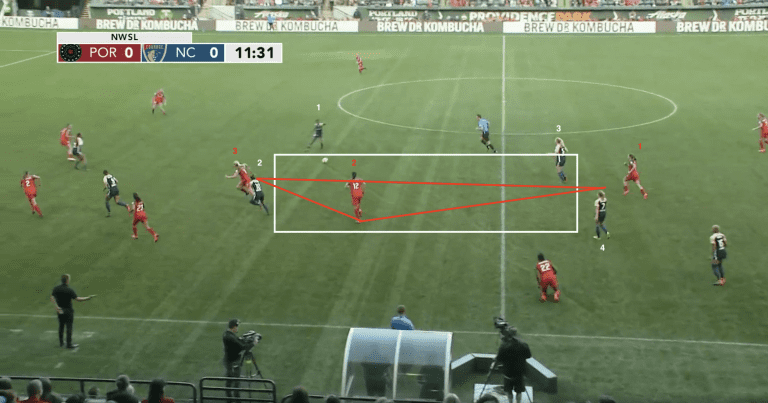
Here, the Courage's numbers in midfield has allowed McCall Zerboni (4, white, above) to turn the ball over and find Debinha (2), who quickly plays it to Dunn (1). Their box in midfield has given them numbers, a shape to move the ball quickly, and has instantly turned Portland's midfield three, none of whom are within nine yards of the ball after two Courage touches.
Wednesday first goal was borne of this same dynamic, one that began to be exploited as early as the game's first 10 minutes. When North Carolina broke past the first level of pressure (usually by moving the ball down their left), they were left with a two-on-one in front of the Thorns’ back line, pitting Debinha and Dunn against Horan. On the goal, Jessica McDonald had dropped into midfield and swapped places with Dunn, but the dynamic was the same. As the ball moved from left to rright, Portland’s defense had to shift, creating temporary cracks in the backline and allowing the Courage access to the penalty area.
“That was the one area that was fixed at halftime,” Parsons said, conceding the Courage had success through their “weakside No. 10” (Dunn and McDonald's spots, in the two examples, above). “There were two solutions to make sure that No. 10 wasn’t getting on the ball and running at us, and it looked better immediately.”
With the addition of Dunn, this type of four-versus-three midfield disadvantage might be untenable for the Thorns. And they’re not the only ones. Earlier this year, both the Chicago Red Stars and Utah Royals employed using new solutions to even out the numbers, bringing their left wings to the middle and forming a box of their own.
Here, from the Utah's April 21 visit to North Carolina, the Royals have just used their numbers to win a ball off Dunn and force a turnover. As the ball goes out of play, you can see Utah's shape. Normally a 4-3-3 team, the Royals have brought their "left wing," Katie Bowen (2, white), into a more central position. Bowen isn't even a traditional winger, but because Laura Harvey planned to use that player inside, she started the normal central player on the wing, knowing her primary responsibilities would bring her back to the middle.
With the Courage's shape stretched out to their left, Utah is better organized for the challenge in midfield. They end up forcing Dunn to retreat before, eventually, Bowen creates a turnover.
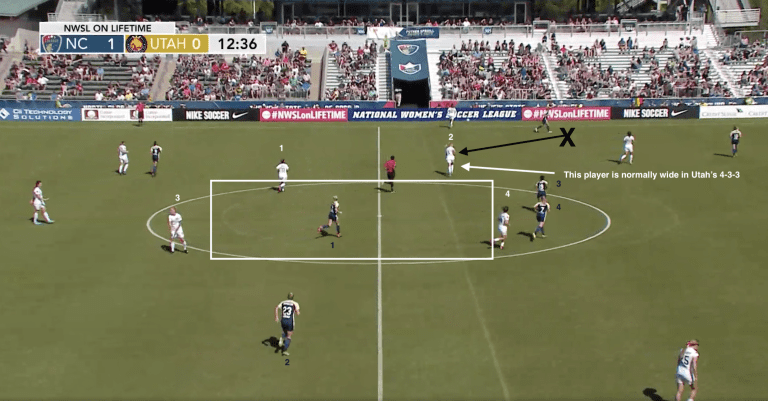
North Carolina is a very left-leaning team, preferring that flank because of left back Jaelene Hinkle’s quality, Debinha’s want to drift in that direction, and Lynn Williams’ effectiveness getting behind opposing right backs. But it does mean that, if pull a player in from Carolina’s right flank, you’re unlikely to get burned. Hence the Red Stars’ and Royals’ solutions, and hence the results. Utah drew at North Carolina, 2-2, on April 21 while Chicago earned a 1-1 result on the road two weeks later.
The Thorns didn’t go that route on Wednesday, having had reason to think their previous methods would still work, but some lessons may have been learned going against that Dunn, Debinha, Sam Mewis and Zerboni midfield. And ultimately, it may help to take a page from Rory Dames’ and Harvey’s playbooks. In the future, that may mean Heath pinching in from her left-wing position in the team’s 4-2-3-1, or it may mean a completely new approach.
Knowing more about Hubly, Onumonu, Andressinha
When speaking about his 50th NWSL win, Parsons noted the dangers of prioritizing short-term results over long-term vision.
"Never dwindle in your belief of improving players," he said, when asked about lessons he's learned over his five NWSL seasons. "It’s been my passion from the beginning, and there’s always temptation to take short cuts and to move away from developing players and developing people. Never dwindle from the passion and belief in developing individual players."
Last Wednesday’s was only Portland’s 11th game of the season. There are 13 more to go, and how effective the team can be over the second half, as well as into the playoffs, may come down to how much Parsons can develop the depth of his squad.

In that sense, the Thorns’ got some valuable information on a number of players who don’t have a lot of experience with the intensity of Wednesday’s game. For example, Kelli Hubly started the season-opener in North Carolina, but the Thorns’ second game against the Courage this season was at a whole different level. Parsons got to see how his young defender would fare against that type of challenge.
The same can be said for Ifeoma Onumonu, who got a surprise start at striker against the Courage, and Andressinha, who was facing North Carolina for the first time as a Thorn. Like the rest of their team, they offered positives and negatives, and, like the rest of their team, they offered more information for Parsons to use going forward.
Had Parsons known his selections would lead to a three-goal loss, he surely would have tried another approach, but that doesn’t mean the performances he saw aren’t of value. Now, he knows more about his team, knows where they need to improve, and knows a little more of what they’re capable of, going forward. They’re lessons that apply more to Hubly, Onumonu and Andressinha than anybody else.
The gap between Portland and North Carolina
Perhaps the most valuable lesson from last week, though, is knowing just where the Courage are, right now. For a team come in and post that kind of result on Portland transcends a hosts' bad day at the office, to use Parsons’ parlance. It was an extraordinary performance, one the rest of the NWSL should take note of, including the Thorns.
Those notes clearly define the challenge ahead. With the addition of Dunn, the disappointment of last year's final, and the confidence of a 13-game unbeaten run to start this campaign, North Carolina is at a level that exceeds last year’s NWSL Shield winners. Come the playoffs, they may prove one of the best teams in the young history of this league.
The Thorns challenge? Catch up. Get their team healthy, start making incremental improvements, and come game 25, be ready to match Carolina’s level.
“We need to continue to grow,” Parsons said. “It’s not about getting to [North Carolina’s] level. It’s about getting to our next level. Right now, we’re in a place, I think we’re confidence we can move on very fast, very quick …
“We're always, growing, moving forward, learning getting better is always the key. Now, we’ve got extra motivation, with a scoreline like this, to do quality work. I feel confident we’ll get that quality work in and move forward.”
The Courage may be ready to set a new standard, but there’s no reason the Thorns can’t be right there with them come the postseason. The talent on Portland’s roster leaves no room for excuses. Having seen what their title rivals are capable of, though, Portland will have to work harder to keep up, knowing that, if they are to catch North Carolina, they’ll need to reach a level they’ve never attained before.




